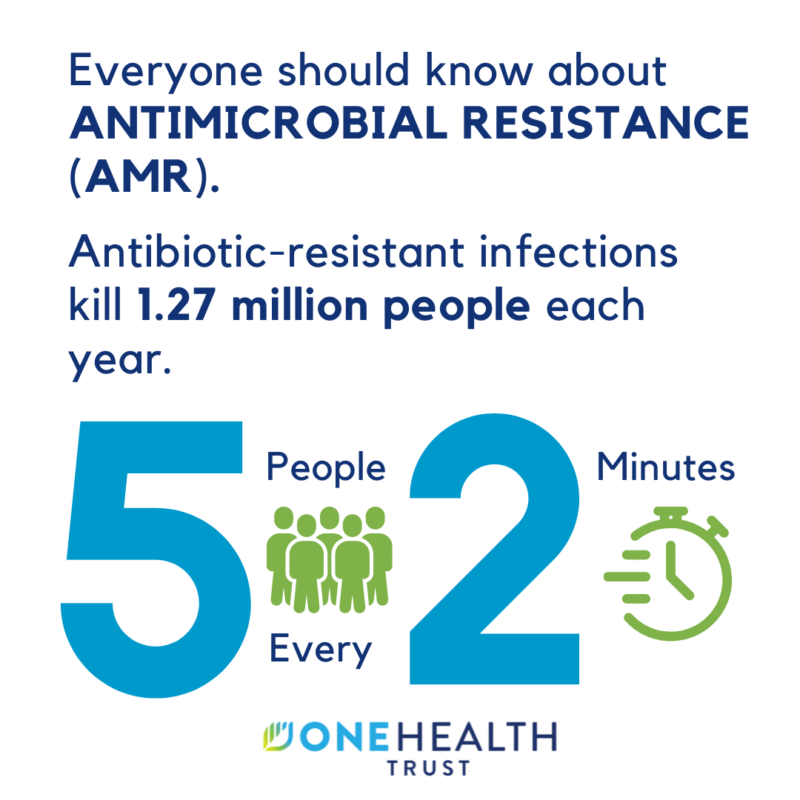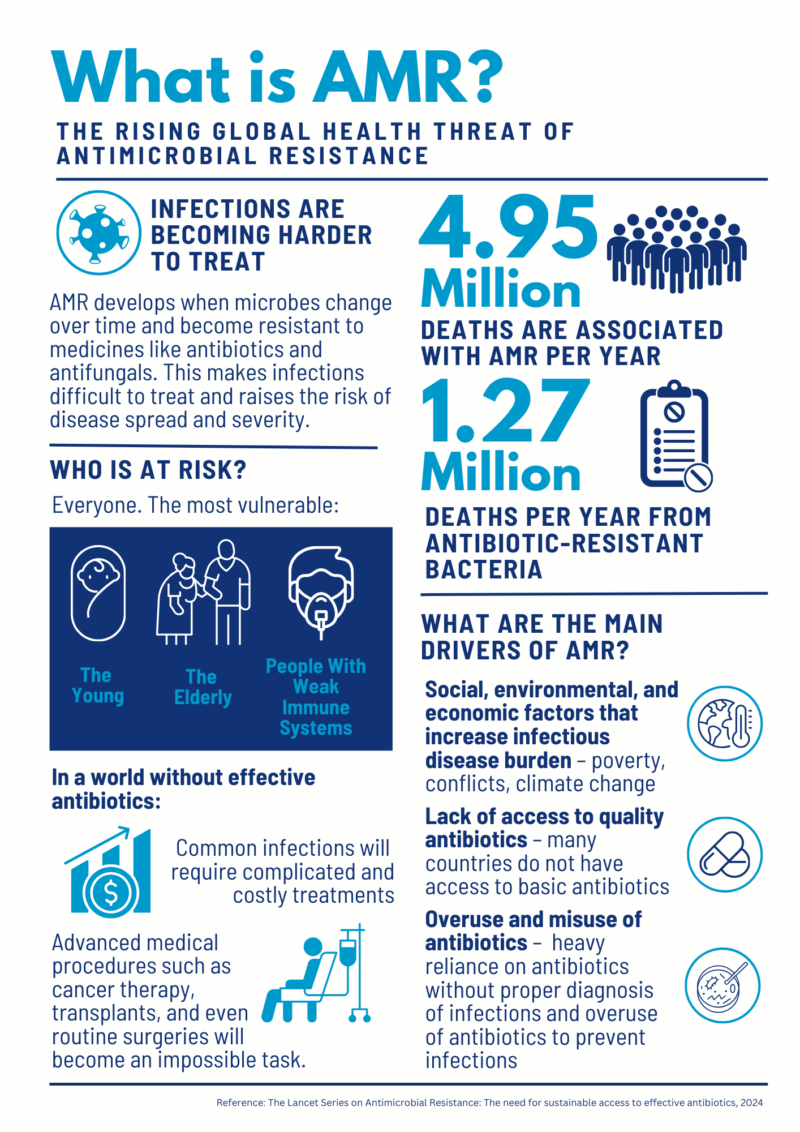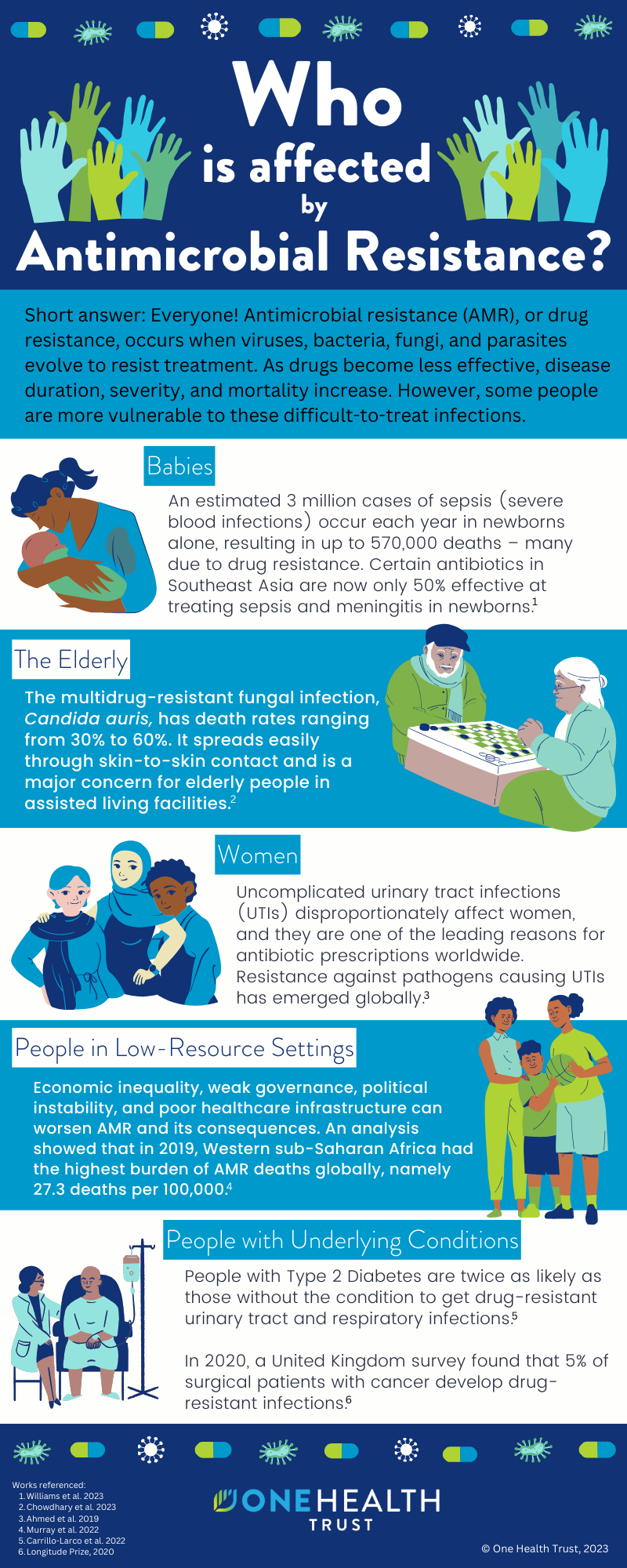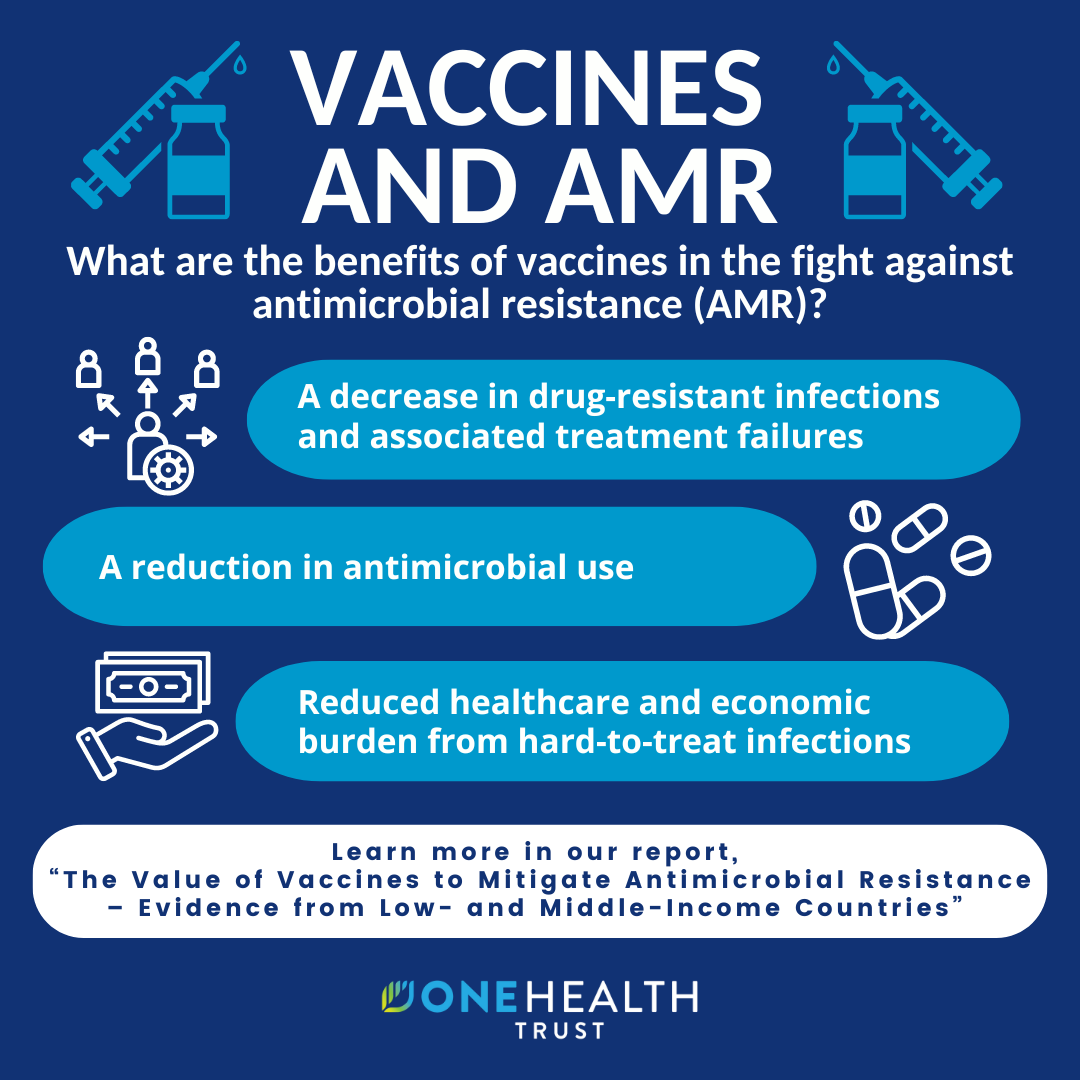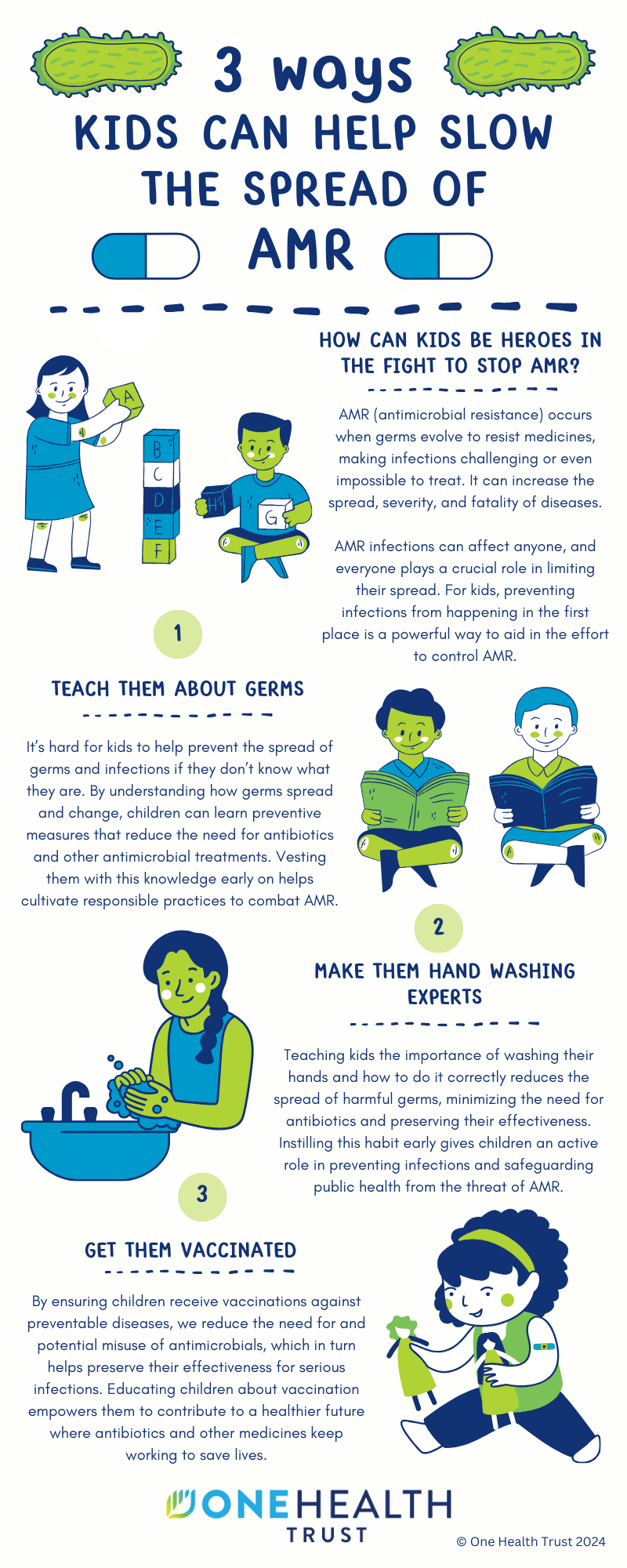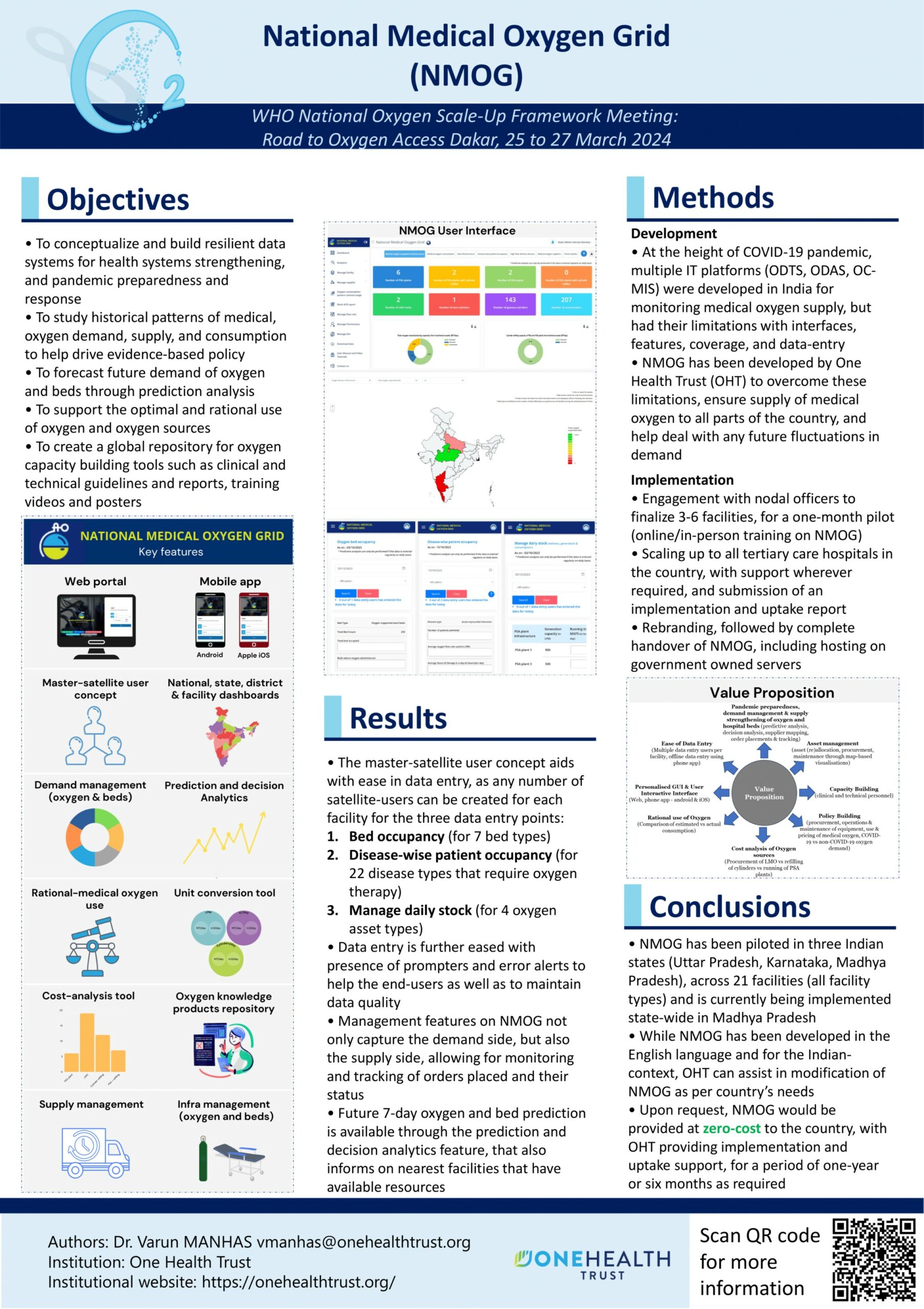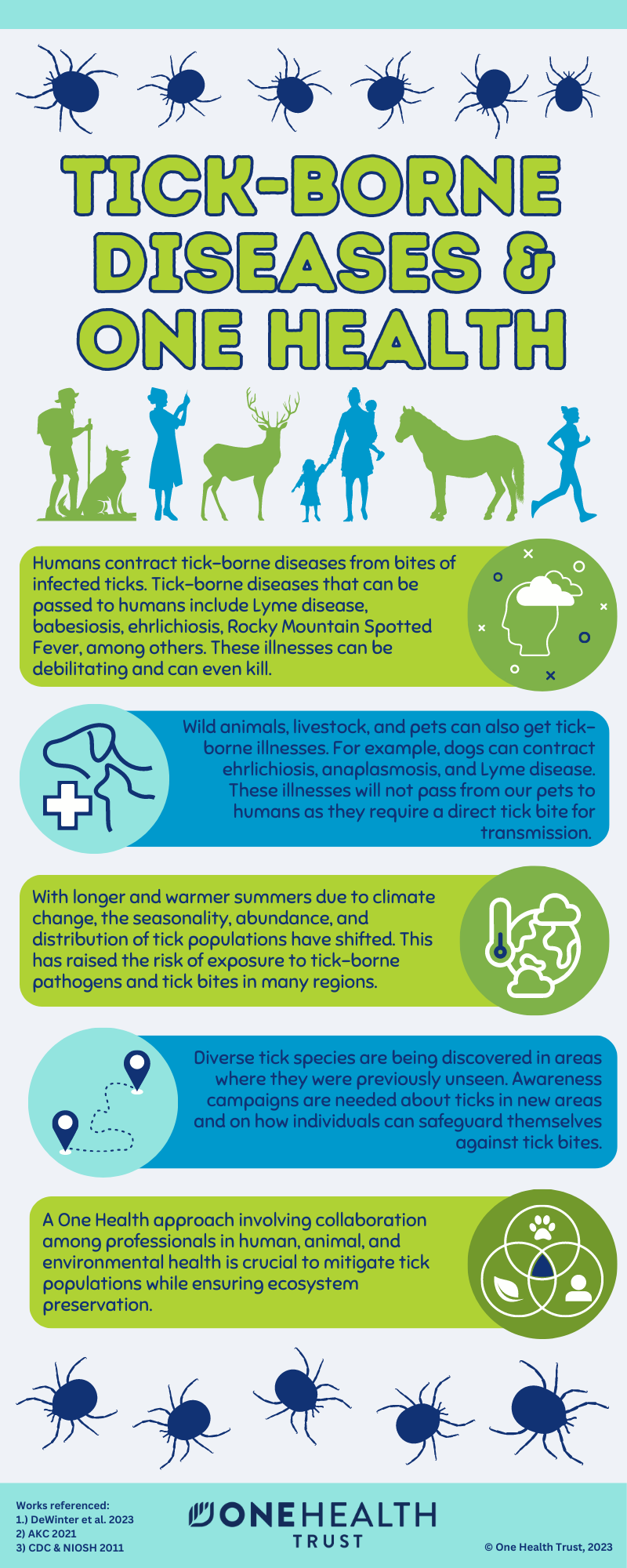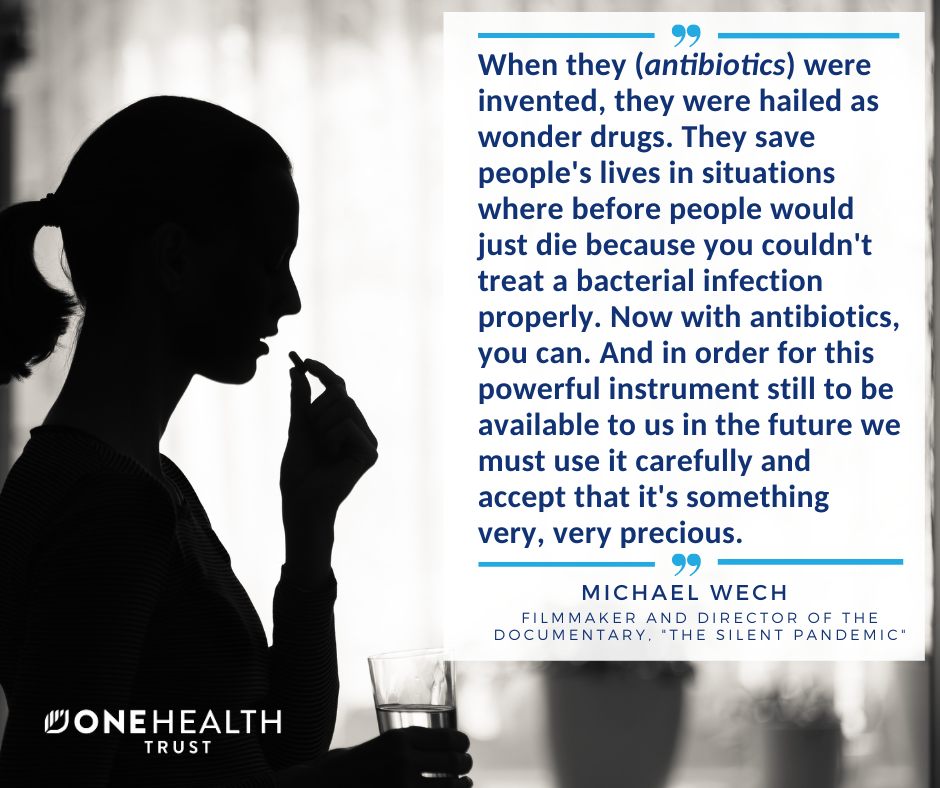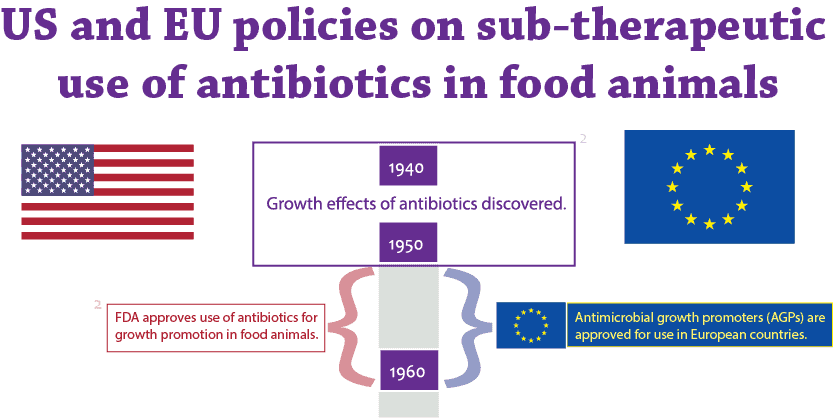
June 20, 2014
Routine sub-therapeutic administration of antibiotics for growth promotion in animals has been shown to be at fault for increasing levels of antimicrobial resistance in animals a trend that is likely to affect humans as well. The use of antibiotics as growth promoters became widespread in the early 1950s after farmers noted that animal growth could be accelerated by adding antibiotics to their feed a cheaper alternative to existing growth supplements at the time. With industrial methods of livestock production whereby animals were increasingly kept in cramped and unhygienic conditions becoming more prominent, adding sub-therapeutic doses of antibiotics to feed served the added bonus of preventing animals from contracting diseases.
Compared to the European Union (EU), where the use of antibiotics for growth promotion has been banned since 2006 and individual countries such as Denmark and Sweden enacted policies to prevent the use of antibiotics for growth promotion as early as the 1980s, the US has lagged in addressing the problem. In this graphic, we compare the key policies enacted by the US and the EU countries to limit or stop the use of antimicrobial growth promoters (AGPs).


